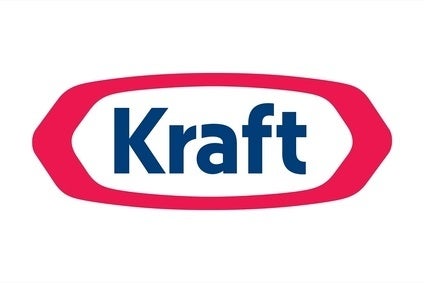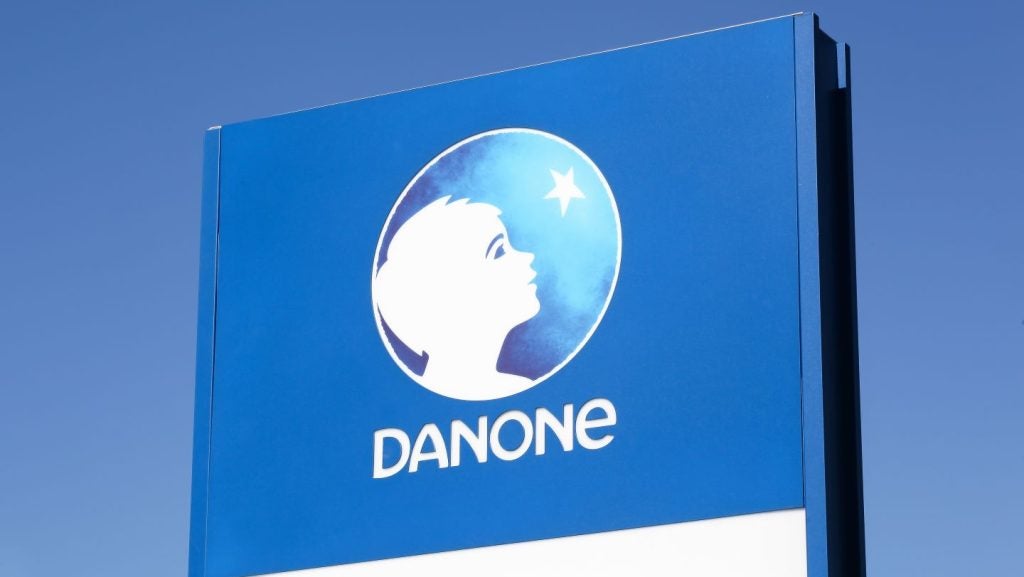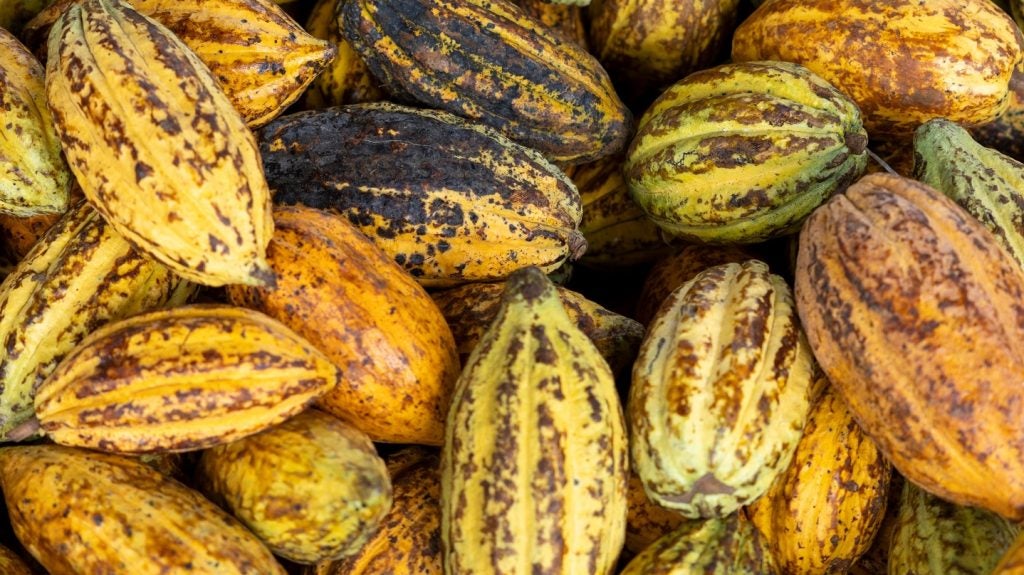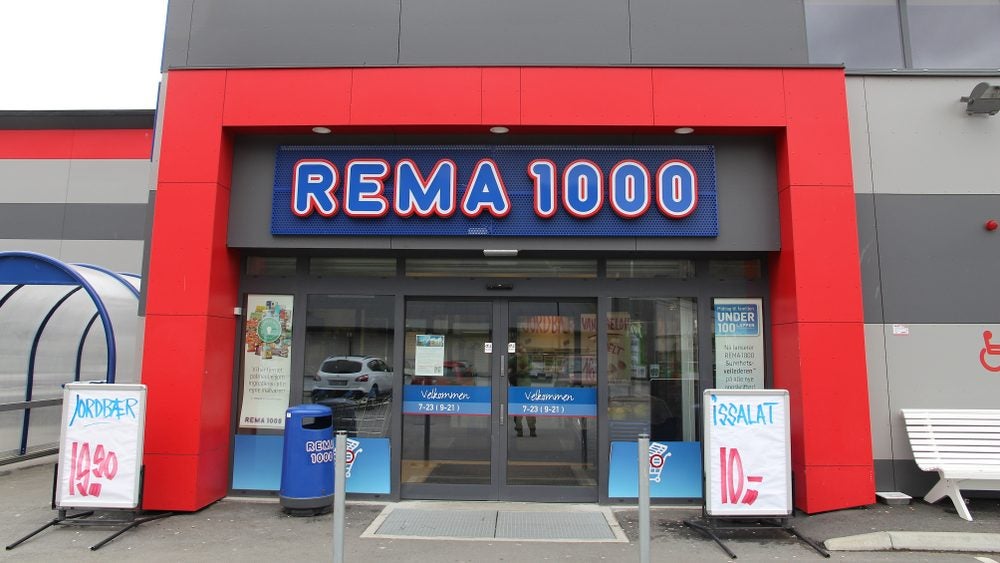
Kraft Foods Group’s moves to up prices on certain products – and a step-up in its promotional activity in other areas – combined to put pressure on the US food company’s results in the first half of the year.
However, the Jell-O desserts and Planters nuts owner insisted its performance was line with its expectations and the company said it was positive about its prospects for the rest of the year.
Kraft on Wednesday (30 June) reported higher underyling earnings per share and operating income for the second quarter to 28 June, helped by lower spending on cost-savings programmes and improved productivity.
However, Kraft’s organic sales, excluding the impact of this year’s later Easter, were down as moves to push up prices on cheese and its meats portfolio volumes. The price increases, however, were not enough at offset what Kraft called a “significant run-up” in input costs and its gross profits fell year-on-year.
Speaking to analysts after the results were announced, Kraft CFO Teri List-Stoll said the company had seen “truly unprecedented price levels” in some of its commodities.
See Also:
“On a year-to-date basis, we have implemented or announced price increases on products representing approximately half of our portfolio and for almost 20% of our portfolio we had the increased prices at a double-digit rate. As a result, we’ve seen some dislocation in market share and growth versus the broader industry year-to-date,” List-Stoll said.
How well do you really know your competitors?
Access the most comprehensive Company Profiles on the market, powered by GlobalData. Save hours of research. Gain competitive edge.

Thank you!
Your download email will arrive shortly
Not ready to buy yet? Download a free sample
We are confident about the unique quality of our Company Profiles. However, we want you to make the most beneficial decision for your business, so we offer a free sample that you can download by submitting the below form
By GlobalDataHowever, Kraft admitted not all of the pressure on its performance in the first half of 2014 came from outside the business.
“We’ve created some of our own obstacles. When we take a close look in the mirror, its clear our report card is mixed from an operating perspective during the first half of the year and it’s held back our potential in terms of sales and profits,” List-Stoll said.
“In a couple of our businesses, meals and desserts and parts of beverages, we relied more on promotional and coupon activity in the second quarter that we’d want to, a promotional trap that’s bitten many in our industry.
In this environment, it is easy to fall prey to price discounting as a way to sell a temporary short-fall in gross revenue or volume and to look to get a short-term boost in productivity from the volume leverage that occurs in the plan. But these activities can hold us back in our ability to realise the benefits of our PNOC – or pricing net of commodity costs discipline.
“The other area where I would say we need to improve is process discipline, as we balance major renovation work with ongoing day-to-day operational excellence. We are not where we need to be as evidenced by some of our start up issues and the product recalls we’ve had over the past six months.
Kraft Foods Group is one of the largest grocery manufacturers in the US and, with interests in a number of categories, its results can be a useful indicator into the macro trends affecting the sector in the country.
A number of the analysts on the Kraft call were keen to ask the company about its – and the industry’s – promotional activity. Kraft CEO Tony Vernon said an “incredible change” facing food companies in the US was a consumer’s ability to “stack” promotions.
“The most important dynamic in couponing today is the stacking that’s going on enabled by the internet. How the consumer’s able to process the coupon and stack them up even with a retailer loyalty programme and maybe one they had from another offer. You can stack them all together now and if we’re not careful the consumer is getting a discount that’s more than they need,” Vernon warned.
He added: “The strapped consumer is driving retailers’ actions. The consumer is shopping channels for the best price and it is very important to the retailer that they maintain their share of those families, frankly. All of us have to realise that its not the long-term way to run a business. A long-term way is to innovate and offer a real value to a consumer and that’s where we got to go.”
Nevertheless, stepping back and looking at Kraft’s results more broadly, Vernon insisted the company’s numbers were “consistent with our typical first half, second half revenue and profit seasonality despite some considerable headwinds”. He added: “It is a challenging environment, but we like our chances.”
Analysts were, broadly, positive about Kraft’s longer-term prospects despite the likely of pressures in the coming months.
Stifel Nicolaus analyst Chris Growe lowered his forecast for Kraft’s annual earnings per share. However, he stuck to his ‘buy’ rating on the company’s shares and added: “We continue to believe that an increased investment in marketing (advertising, not promotion) and support behind more of the key categories will result in a stronger top-line performance for the company and for its categories. We expect this to develop slowly though over the next year especially in relation to the slow growth nature of its categories and the relatively weak economic backdrop inherent in its core consumer base.”






